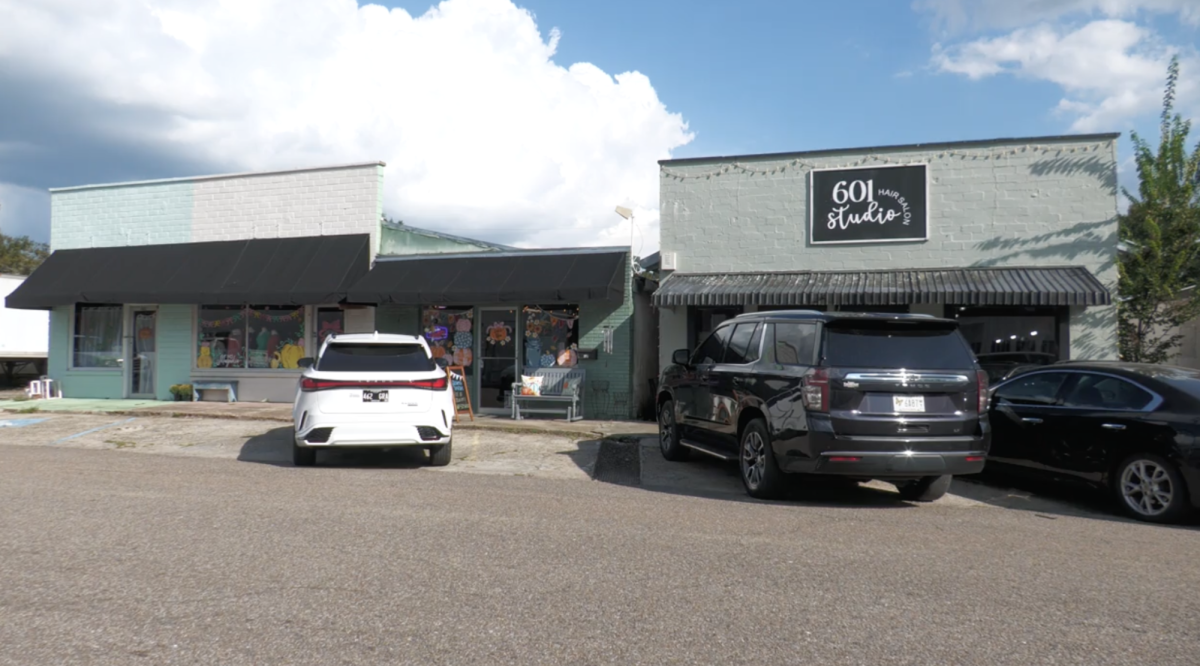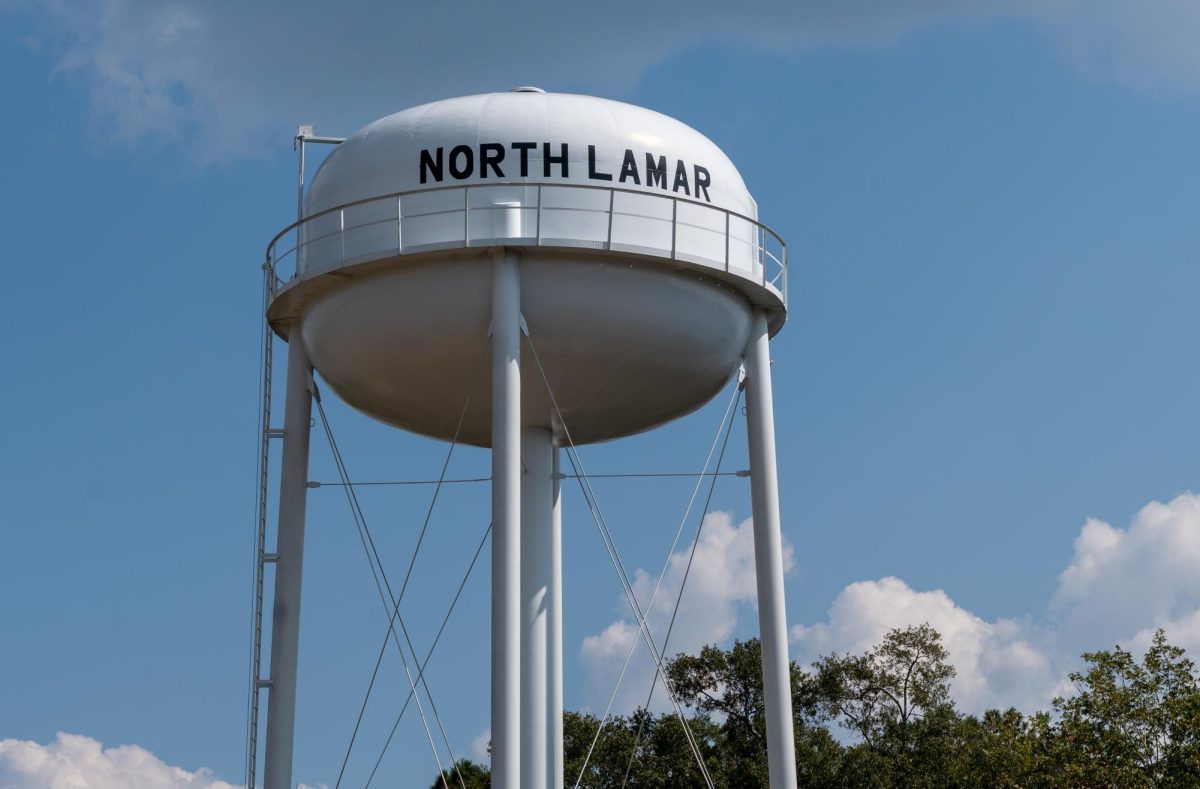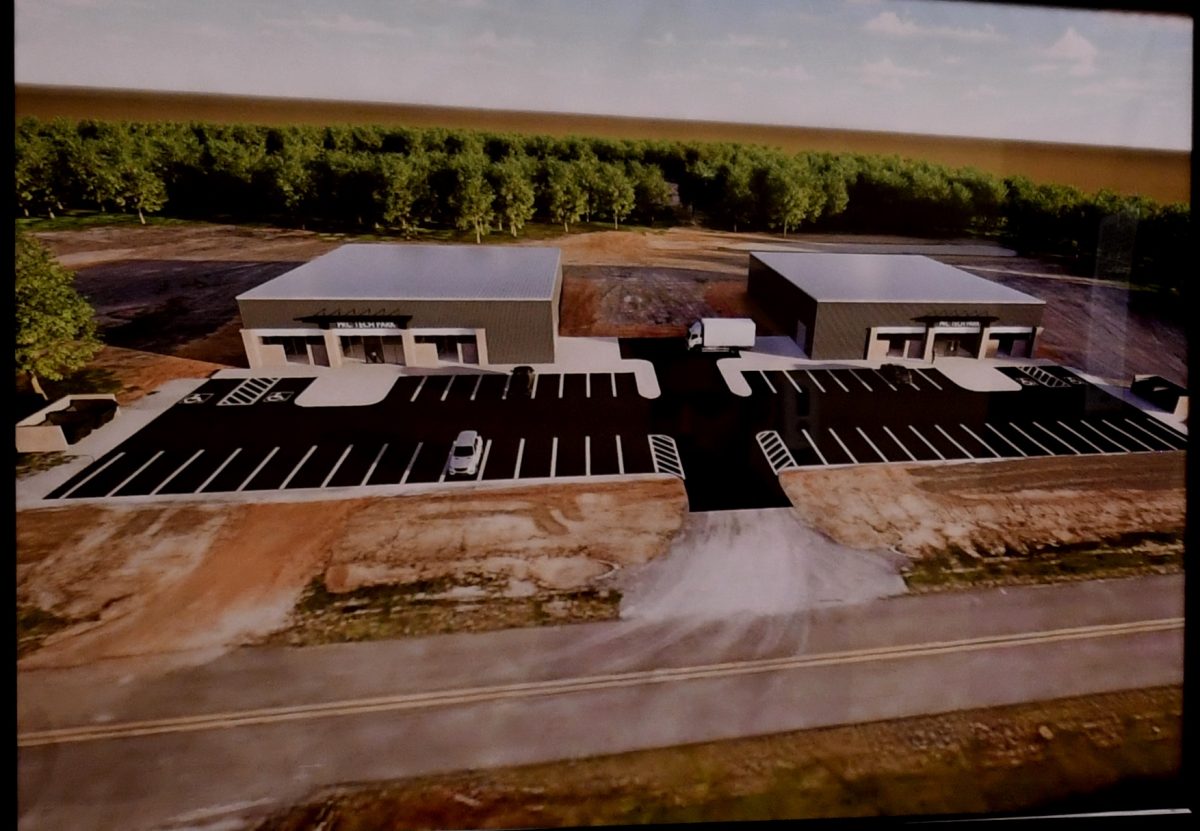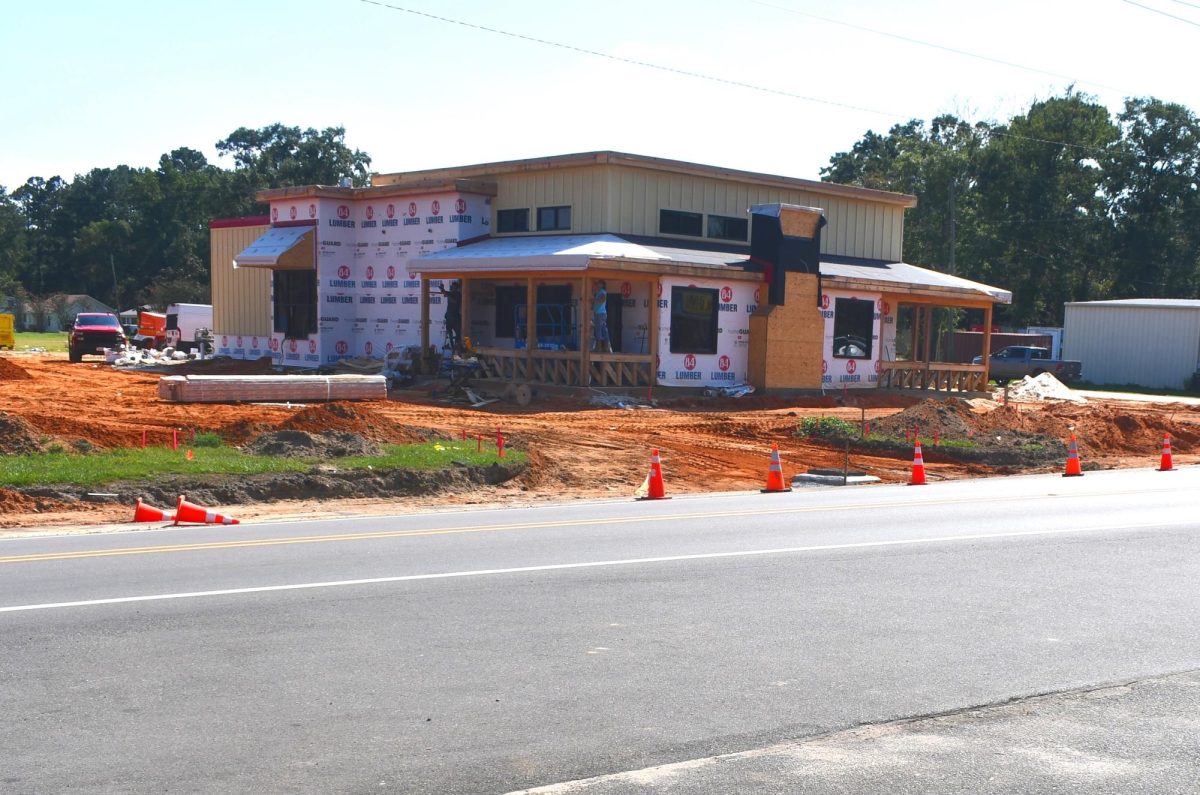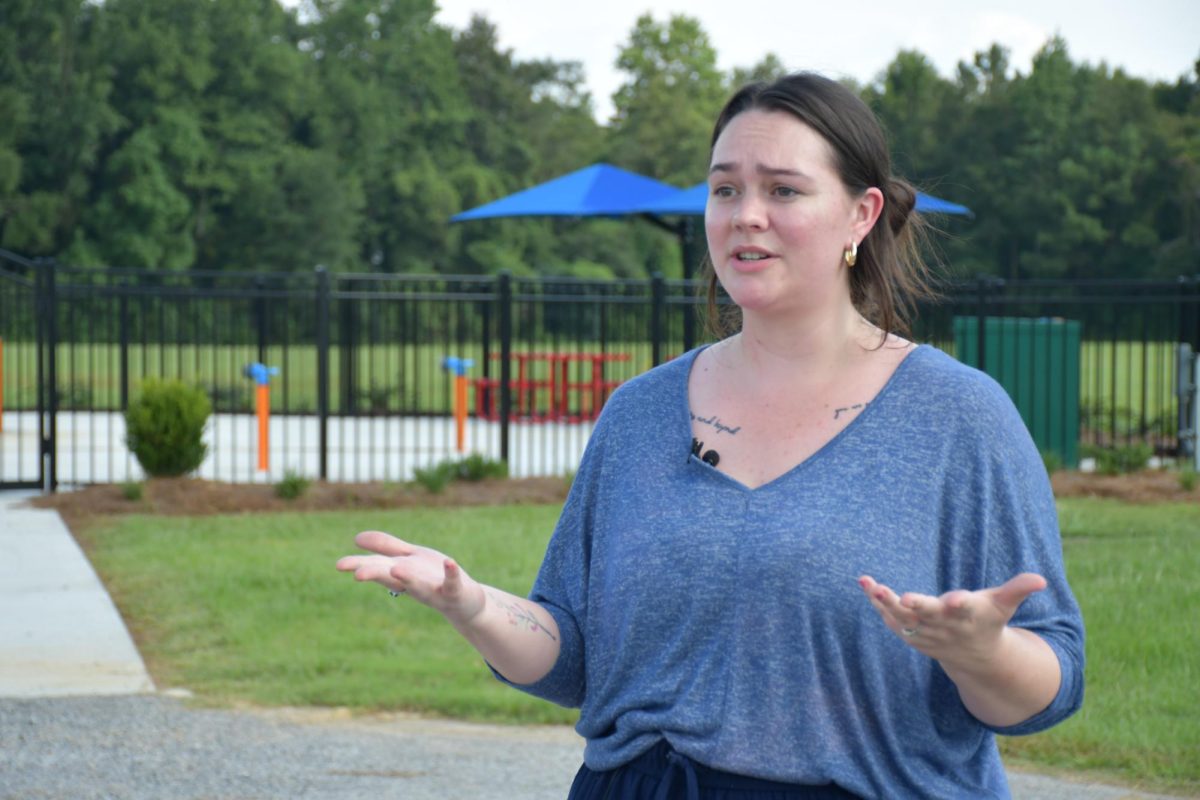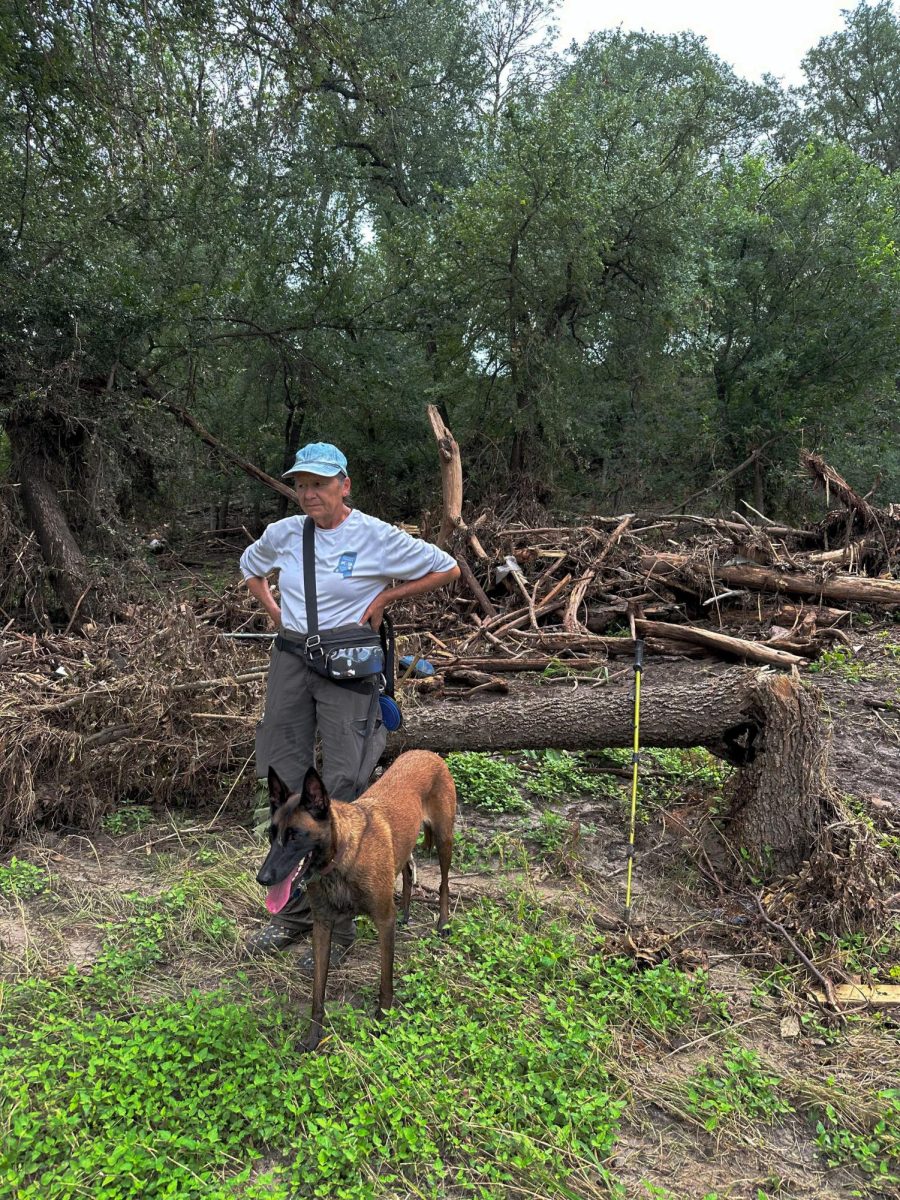LONG BEACH — Railroad crossings across southeast Mississippi are becoming increasingly dangerous for drivers. Steep approaches — created by ongoing rail maintenance — are blamed for causing vehicles to stall on tracks, sometimes leading to deadly collisions.
Highway rail incident reports show it’s a widespread issue — one the Mississippi Department of Transportation is working to fix, starting with a pilot project in Long Beach.

What makes crossings dangerous?
Railroad lines can be designed to pass over, under or at the same level as roadways — a practice called “grade crossing”. A spokesperson for the Federal Highway Administration said grade crossings are the most common choice because they are “relatively easy to build and inexpensive” compared to the alternatives.
While roadway owners — usually cities or counties — decide whether to build crossings at grade level, maintaining those crossings falls to railroad companies like CSX Transportation.
CSX operates a 20,000-route-mile network spanning 26 states, including a section along the Gulf Coast. CSX periodically raises tracks to correct dips caused by shifting ground and vehicle crossings. A CSX spokesperson said these adjustments can raise crossings by 0.5 to 3 inches.
Railroad companies own about 100 feet of land surrounding tracks and do not have to go through state or local governments to make adjustments — leaving cities to react to track changes rather than proactively address them.

Sonny Dyess has lived near the railroad that runs along 33rd Avenue in Gulfport for 60 years, where the rumble of trains is a part of daily life.
Dyess spent over 30 years behind the wheel of heavy-load trucks —similar to the ones getting stuck on crossings along the coast. He knows firsthand the dangers that steep crossings pose.
“The problem is, when the (18-wheeler) truck gets over (the tracks), then the landing gears on that trailer are going to catch that track,” Dyess said. “Once they lock in, it’s just about impossible to get them out.”
Over the years, Dyess has helped drivers — both truckers and motorists — who have gotten stuck. He does what he can to alert the railroad company when something is blocking the tracks, hoping to prevent a deadly crash.
“A lot of trains move through here — morning to the evening — north, west and east — so you don’t know when a train is coming,” Dyess said. “It’s a traffic thing that needs to be solved, but nobody has solved,” Dyess said.
Cities struggle with railroad track adjustments
Long Beach Mayor George Bass expressed frustration over the tracks and said without better communication between cities and railroad companies, the issue will persist.

“CSX came through again…” said Bass. “Hopefully they will slow down those elevations, but there’s really nothing that we can do.”
Over time, track raises create steeper road approaches, making crossings especially difficult for large commercial vehicles and low-clearance cars.
In Long Beach, only one of the city’s 10 railroad crossings is level enough for 18-wheelers to cross safely — a common issue in coastal Mississippi cities.
According to the U.S. Department of Transportation, Mississippi had 27 railroad-related incidents in 2024, with 13 occurring in southeast Mississippi. Harrison County had the most, with three incidents.
The risks have already led to several major crashes:
- Feb. 20, 2024: An 18-wheeler carrying bananas got stuck on a Gulfport crossing at 33rd Avenue. A train crashed into it before the truck could be towed.
- March 8, 2017: A charter bus with 49 passengers became stuck on Biloxi’s Main Street railroad crossing. A train crashed into it, killing four and injuring 32 others.
Federal Railroad Association reports show the Biloxi Main Street crossing has been the site of eight collisions, including two fatal crashes, between 1976 and 2017. In the five years leading up to the 2017 crash, 24 vehicles — 20 of them large commercial trucks — became stuck at the crossing.
Past efforts & a new focus
Following the 2017 Biloxi crash, the city installed warning signs at crossings and worked with CSX to consolidate several crossings to improve safety.
At the same time, MDOT launched the 2017 MDOT Safety Program — an initiative aimed at helping 12 coastal cities enhance railroad crossing signage. Only six cities participated in the program. Of those that opted out, only Gulfport and Biloxi developed their own signage.
CSX later worked with Biloxi and MDOT to reduce the incline of the Main Street crossing in both 2023 and 2024. However, despite these efforts, several of Biloxi’s 25 crossings fail to meet federal safety recommendations — underscoring the widespread nature of the problem.
With signage alone proving insufficient, MDOT is shifting its focus to infrastructure solutions that align with recommendations from the American Association of State Highway and Transportation.
These guidelines state railroad crossings should be level with the top of the rails for at least two feet outside the tracks, and roadways should not rise or dip more than three inches within 30 feet of the nearest rail.
However, MDOT says this guideline is what would be desirable for grade crossings. Issues such as “restrictive topography, limited right-of-way, or railroad tracks in superelevation” may prevent municipalities from achieving this recommendation. The American Association of State Highway and Transportation also says even if crossings do not meet their exact guidelines, some are still unlikely to strand low-ground clearance vehicles, like 18-wheelers.

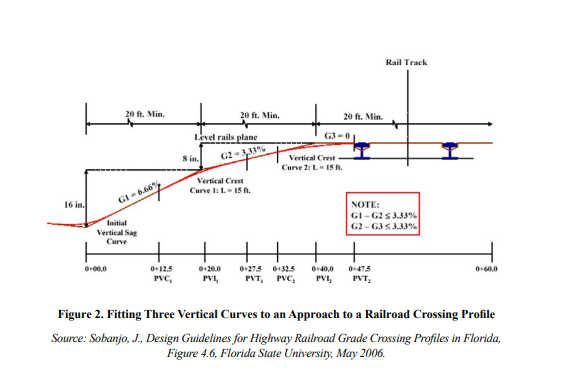
Why Long Beach?
To begin addressing these concerns, MDOT selected Long Beach as the pilot city for its railroad crossing improvement program.
Nine out of the city’s 10 crossings will undergo upgrades to make them safer. Of those, two will be flattened to create dedicated truck routes for commercial vehicles and the remaining crossings will undergo gradual modifications to improve slopes without interfering with nearby intersections.
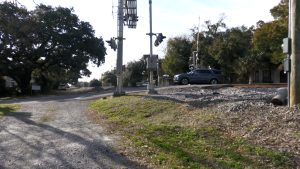
MDOT Director of Aeronautics and Rails Josh Stubbs explained the selection process: “Long Beach was picked as the pilot mostly because of the number of crossings, they also had some issues with some of their crossings, but with only 10 crossings that’s kind of a good number to kind of figure out the hurdles, hangups and figure out how this is actually going to work.”
The $4 million project is set to break ground on March 3 and will serve as a test case for potential improvements in other cities — like Pass Christian — where MDOT has already started preliminary design work.
“We have started with a similar project with Pass Christian, right next door. The project is just started, the design phase has just started, so we are not very deep into it right now,” Stubbs said. “The plan is to take what we’ve learned from Long Beach, work out the kinks, and then move on to Pass Christian, and ultimately Gulfport and Biloxi as well.”
Next steps and funding challenges
According to the U.S. Department of Transportation, nearly half of the state’s 2,200 public crossings rely on passive warnings, while 4% have no warning devices at all.
Harrison County fares better than the state overall, with about 77% of the crossings equipped with gates or active warnings, like flashing lights and bells.
The Mississippi State Rail Plan offers a long-term strategy to improve railroad crossing safety statewide. A key priority is expanding active warning systems — particularly in high-traffic areas — where MDOT officials emphasize the need for gates, flashing lights and other active automated safety devices.
“Something we can do is, or something we can help with, is signage — so providing things like low-ground clearance signs and giving drivers at least the information they need to make a decision,” Stubbs said. “But solving them and actually raising them is not something that happens overnight.”
MDOT estimates upgrading and maintaining Mississippi’s rail crossing safety measures could cost more than $85 million over the next two decades.
“They’re not cheap and they take some time,” Stubbs explained. “So, it’s not like something we can go out there and just address immediately.”
In the meantime, Stubbs stressed the need for greater cooperation between railroad companies, state agencies and local governments to prevent repeated track raises from undoing safety improvements.
“A conversation we’ve had to have with the railroad, is if we’re coming in and making these improvements, we’d really like for you to try not to raise the tracks,” Stubbs said. “We understand the railroad track has to be maintained, but we would really like for them to be aware of what we are doing and anything that they can do to keep crossings from being elevated each time would be super helpful.”
Editor’s Note: Our original report said more than 20 of the 29 crossings in Biloxi failed to meet AASHTO’s crossing guidelines. This number was outdated and has been changed to reflect the correct number of crossings within city limits. Additional context was also added to clarify why some crossings fail to meet AASHTO’s guidelines.


